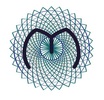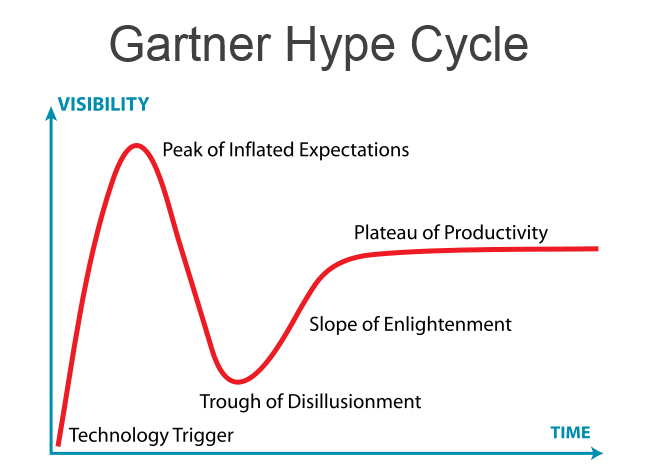|
Yesterday, Harvard and MIT released a new report: HarvardX and MITx: Four Years of Open Online Courses. Their study takes a look at participation and online learner behavior in MOOCs run by the two universities. Besides noting the steady growth in MOOC participation, the study provided some telling information on student demographics: Demographic statistics of note include a median learner age of 29 years old, a 2:1 male-to-female ratio (67 percent male, 33 percent female), and significant participation from learners in other countries (71 percent international, 29 percent from the United States). One takeaway: MOOCs are increasing the availability of high quality education to a wider audience throughout the world. The gender disparity likely has some relation to the types of subjects that are popular. Computer science courses are the hubs of the MOOC curricular network. Tracking participants who enroll in multiple courses over time reveals networks among courses and curricular areas. The new report found MITx and HarvardX computer science courses are the “hubs” of the network. These courses are the largest (compared to science, history, health, and other subjects) and route more participants to other disciplinary areas than they receive. Women earn approximately 18 percent of undergraduate computer science degrees, thus the MOOC imbalance. The Economist also published an article on MOOCs this week, Established education providers v new contenders. The article notes that despite the initial promise, "Now MOOC sceptics are more numerous than believers. Although lots of people still sign up, drop-out rates are sky-high." This is the Gartner Hype Cycle in action, from the Peak of Inflated Expectations to the Trough of Disillusionment. Last week, we noted in this blog that personalized and adaptive learning models are starting to see positive learning outcomes. It looks as though MOOCs are also starting to climb the Slope of Enlightenment. From The Economist article: Nonetheless, the MOOCs are on to something. Education, like health care, is a complex and fragmented industry, which makes it hard to gain scale. Despite those drop-out rates, the MOOCs have shown it can be done quickly and comparatively cheaply. The Khan Academy has 14m-15m users who conduct at least one learning activity with it each month; Coursera has 22m registered learners. Those numbers are only going to grow. FutureLearn, a MOOC owned by Britain’s Open University, has big plans. Oxford University announced in November that it would be producing its first MOOC on the edX platform. Education is still in the early stages of large-scale disruption. For one thing, the modularization and democratization of education seems to be driving a trend from theoretical to practical, toward learning that will be professionally useful. This would seem to be a natural evolution, as students gain increasing control over the course options available to them.
1 Comment
|
Intelligence AmplifiedArchives
April 2023
CategoriesRead our magazine on Flipboard!
|


